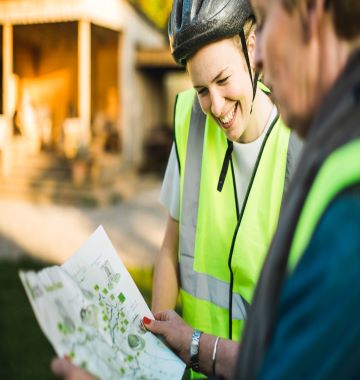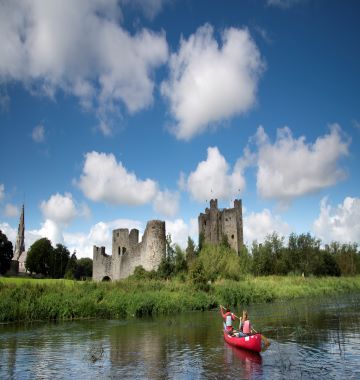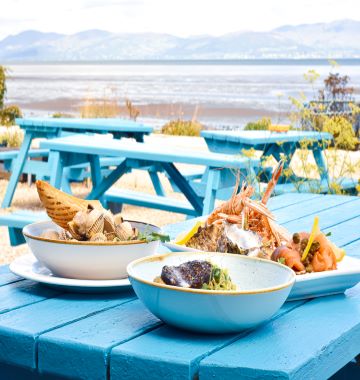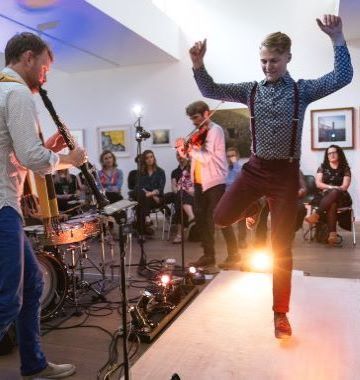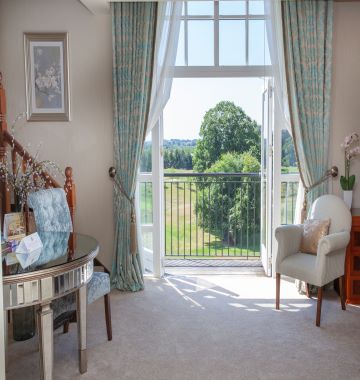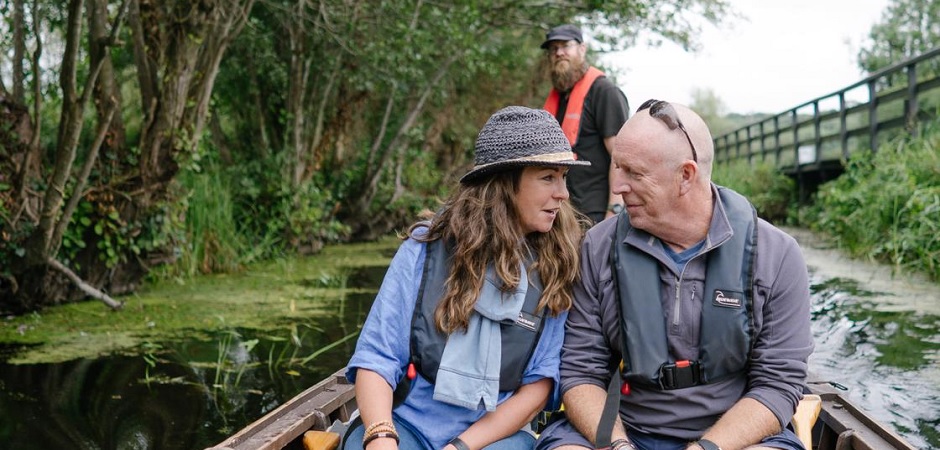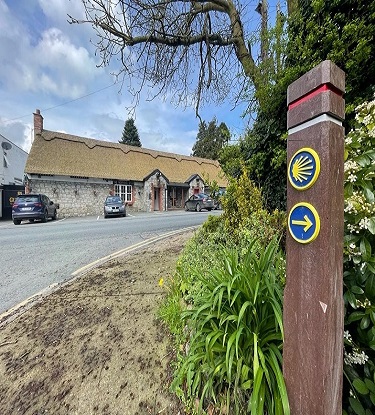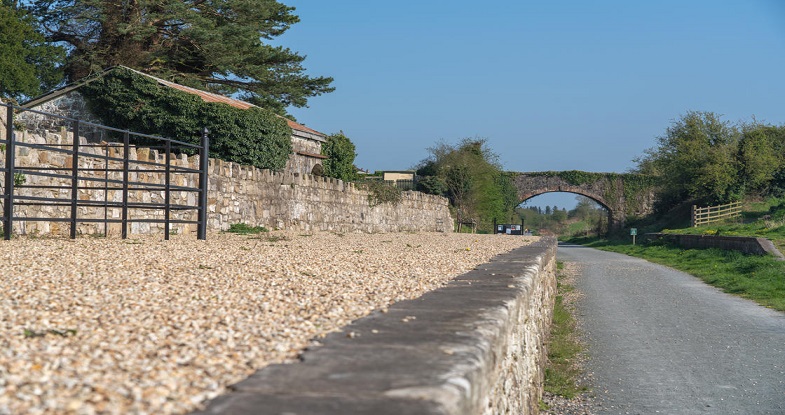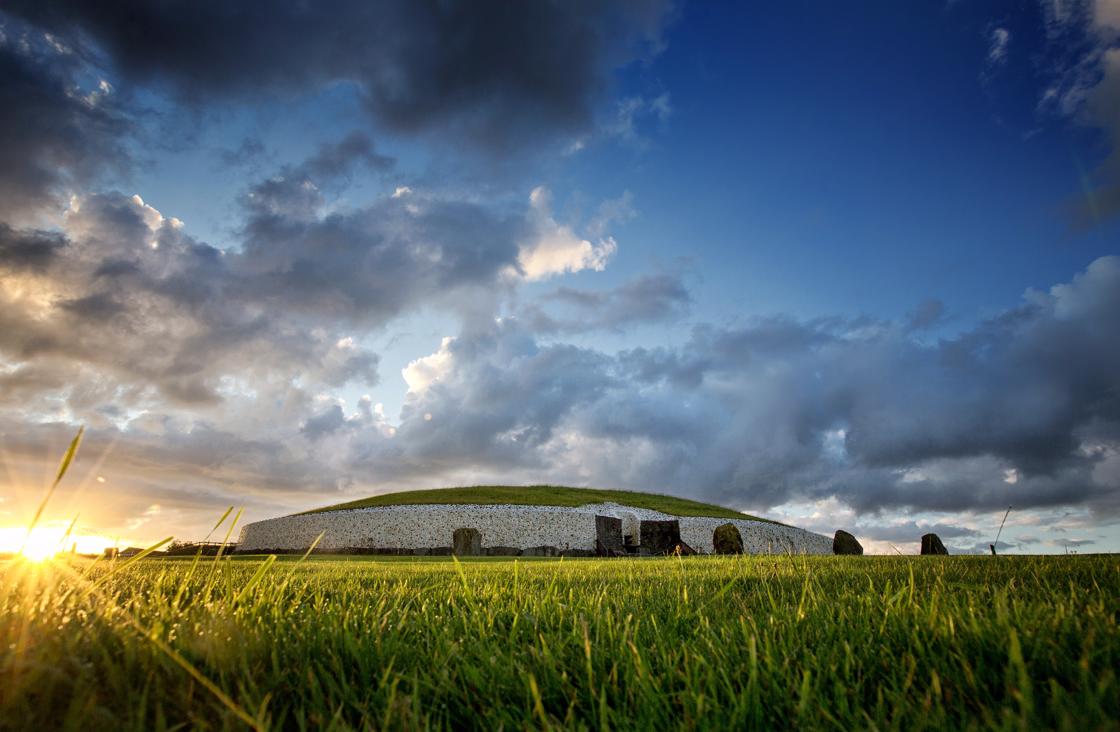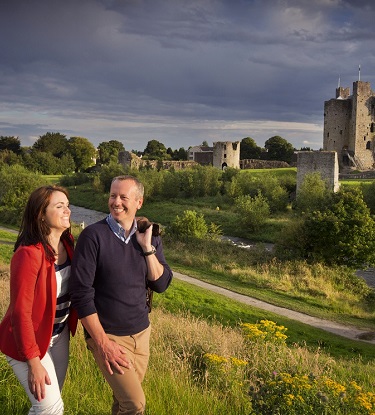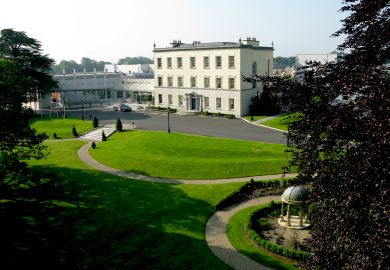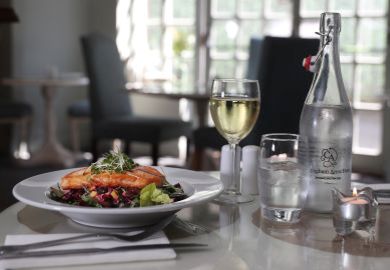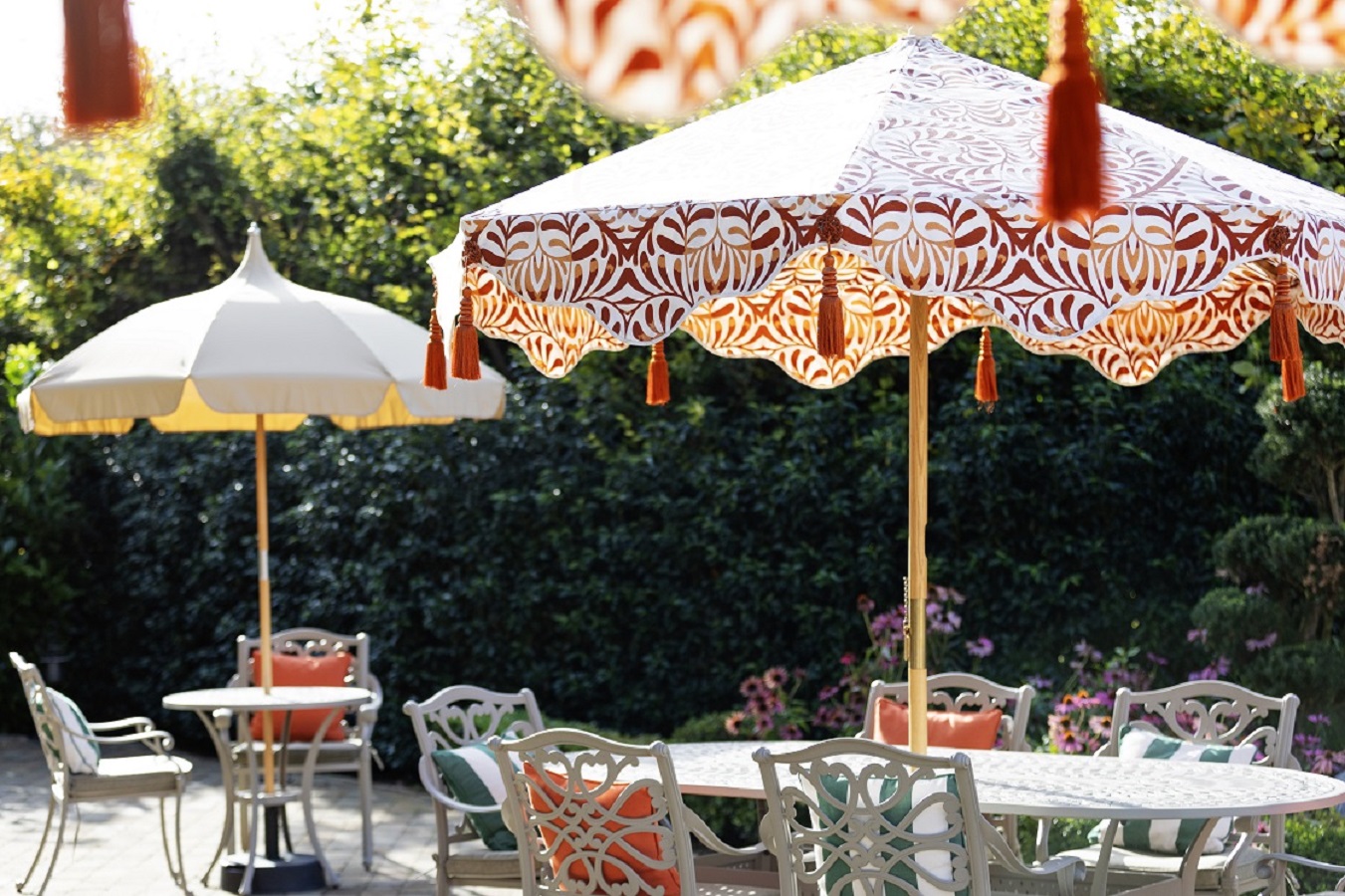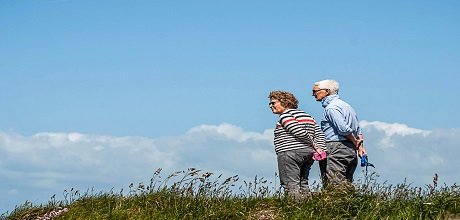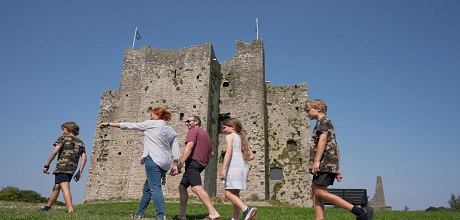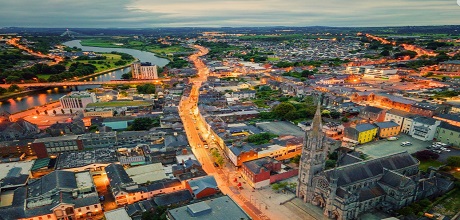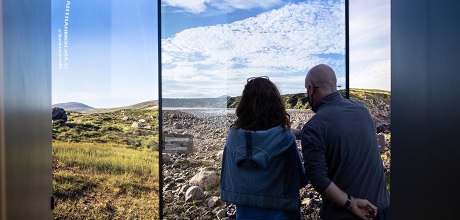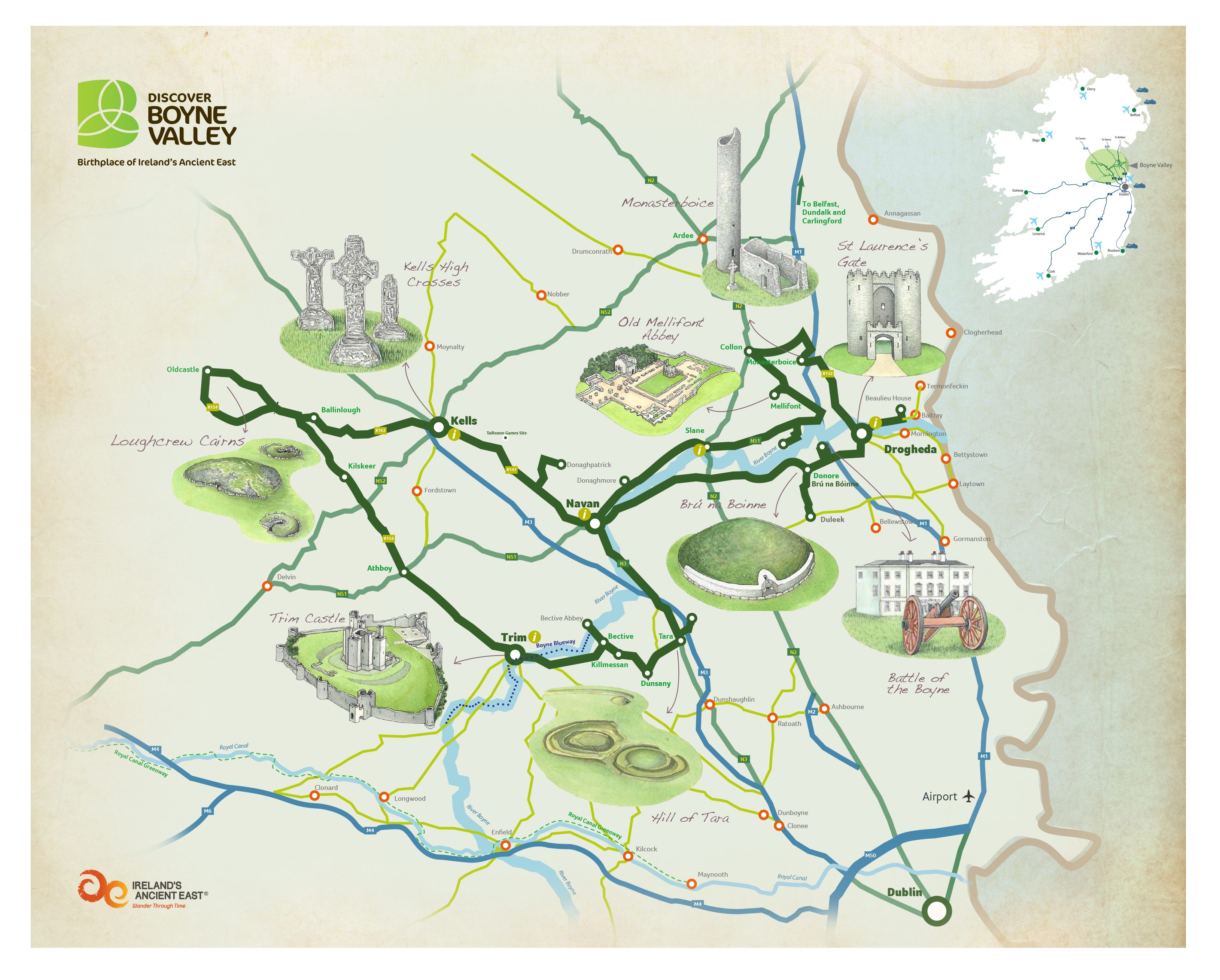Boyne Valley highlights: where the adventure begins!
The Boyne Valley, Birthplace of Ireland’s Ancient East, is a place steeped in history. Combined with its lush green landscape and magnificent waterways, fantastic food and drink, outdoor adventures and cultural gems, this wealth of heritage makes it a really special destination. Encompassing Co Meath and south Co Louth, the Boyne Valley is a unique holiday destination with an abundance of things to do and lots of fun family activities for the best holiday you could imagine.
Discover tombs older than the pyramids at the UNESCO World Heritage Site of Brú na Bóinne. Find the birthplace of Samhain on the Hill of Ward (Tlachtga). Be moved at monasteries such as Kells or Mellifont Abbey, explore a medieval armoury at Trim Visitor Centre, brave a battleground at the famous Battle of the Boyne Site or test your own courage on the legendary Cú Chulainn rollercoaster at Emerald Park. Walk the Boyne Valley Camino. Cycle the Royal Canal Greenway. Try some fishing in the Boyne or Blackwater. Breathe in the fresh air atop the Hill of Tara. Take the plunge at Clogherhead or Bettystown beach. Savour a sunset at the prehistoric cairns of Loughcrew. The possibilities are endless.


